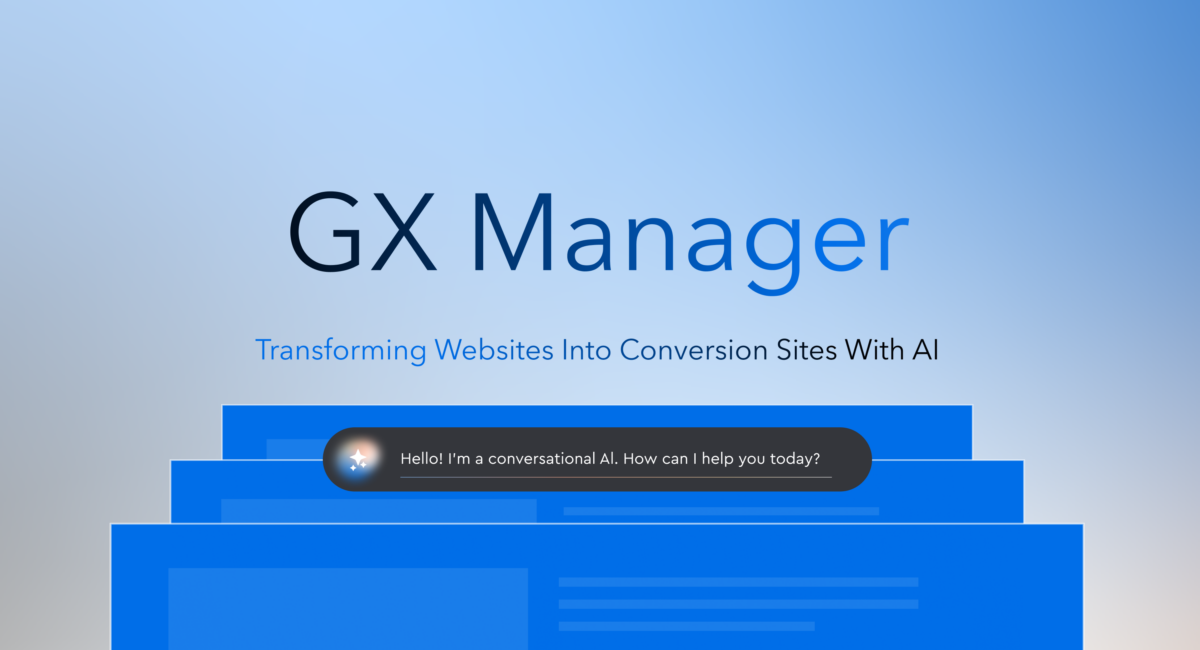A client of ours from a multinational firm recently expressed a desire to “move on,” if only a bit, from the pandemic and share some optimism for the future on the company’s website.
Since COVID-19 recovery and vaccination rates are so varied around the world right now, the client’s proposition is tricky.
But he does have a point and it’s one that’s backed by science.
However much or little the virus personally affected them, many people are tired of reading and hearing about it. As record numbers of people report symptoms like brain fog and fatigue after a difficult year, mental health experts explicitly advise cutting down on COVID-19 news consumption. It’s increasingly clear: The pandemic is still an important topic, but it shouldn’t be all that you talk about.
It’s hard enough to reach audiences in “normal times.” About three-quarters of companies think their content is at least somewhat successful. But research we’ve conducted at SJR has found that more than half of the people they want to reach, those coveted B2B decision makers, are ignoring the content they come across. That “Content Gap” is worse when people don’t just ignore the content, but actively want to avoid the topic altogether.
How can companies capture attention and narrow the Content Gap carefully amid ongoing pandemic-related suffering? Here are some guidelines we’ve come up with to help our clients talk about something else.
Think it through
In many instances, pieces must start off by acknowledging the context and impact of COVID-19. Companies should be aware of the geographies in which they operate and how employees and consumers in those places might wince at rosy tones in particularly dark times. But if they see a chance to leave the pandemic out, they should seriously consider it. A permanent link to relevant charities at the bottom of the website can reassure the audience that others’ hardships are still top of mind.
Go narrow
Content creators can choose narrow topics that are not so obviously related to the pandemic that leaving them out would be difficult or perceived as insensitive. A pharma company, for instance, can cover one strain of cancer research that’s promising, instead of cancer research trends in general, which has undoubtedly been affected by the pandemic.
Show character(s)
Gratitude builds resilience after trauma. Marketers should give readers stories that will inspire them and give them hope. They can distract an audience in the most constructive way possible by focusing on memorable characters and strong narratives. A tech firm can profile a unique group of individuals who leveraged exciting new capabilities to improve other people’s lives, for example.
Reveal life’s layers
While the urge to “move on” is understandably strong for some, framing a content shift as such, internally or externally, could come off as callous. Instead, leaders can characterize an influx of non-pandemic-related pieces as a way of capturing how we’re reclaiming our lives and returning to some semblance of normal. Amazing and heartening stories that reflect companies’ deeper purposes are unfolding. If content creators can capture those, they can lift everyone else’s spirits.






